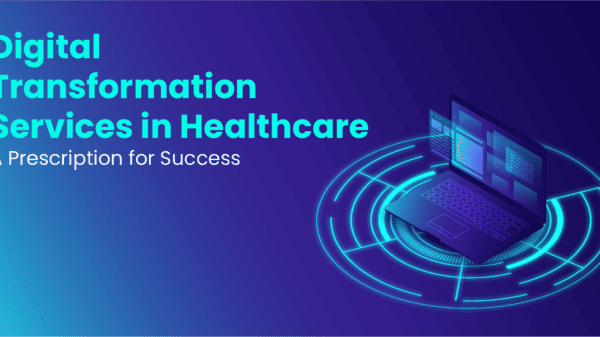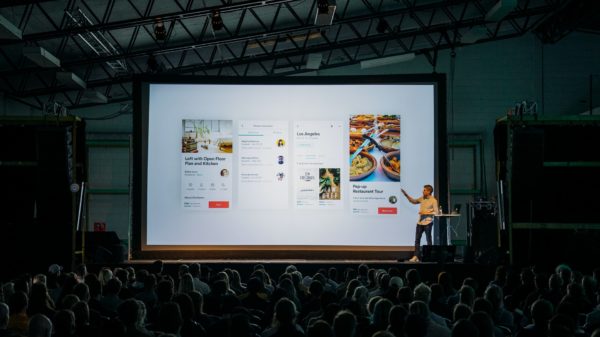Digital transformation today is into a hyperdrive state — thanks in large part to the recent pandemic. As consumers, we’ve been pushed towards ordering food through apps, shopping online, and utilizing digital services. For the Retail sector, it is not a new phenomenon by a long shot. Driven by the emergence of e-commerce, reducing profits, and other such shifts, retail digital transformation has been driving change, both in the market and behind the scenes for a while now.
As businesses, we’re finding new ways to operate remotely and connect with customers digitally, and adopting the technologies to do it all efficiently. Retail digital transformation is not a new phenomenon by a long shot. Further compounding the need for an extensive digital overhaul in the sector. After all, when faced with a steep decline in footfall in brick and mortar stores, evolving customer expectations and demands, and other such groundbreaking changes observed since 2020, it has become evident that the only way forward is through digital transformation.
Now, to help you understand how retailers can embrace such a shift, we have listed the key factors that are currently driving digital transformation in the retail sector.
- Prepare for new skills: Coronavirus or not, the retail world has been on the path to extensive transformation for a while now. Consequently, there has been a massive change in the required skillsets for the sector. One can prepare for such a shift, retailers must first gauge the current levels of skills in their company, identify current gaps as well as those that are likely to emerge in the market, and then figure out a battle plan to acquire the needed skills.
- Omni-channel strategies: Countless studies have made it abundantly clear that any company that intends to ensure accelerated growth in the modern market must regularly adapt its organization to adapt to the changes in the market. This holds now as well, as the world endures the ravages of the coronavirus pandemic. Now, to ensure such agility, it is of utmost importance that the company embrace an omnichannel strategy. Depending on the retailer’s current organization, one could start with first setting up digital operations before integrating them with the business’ offline operations.
- Automation: A study by McKinsey found that as many as 52 percent of all retail activities can be automated, thus clearly demonstrating the immense potential for automation in the sector. Now, this may seem challenging to some, but a careful strategy can bear results. Retailers must start with first identifying the automation of exactly which processes will seek to benefit their customers.
- Supply chain agility: In a market marred by the coronavirus pandemic, retailers have come to understand that predictive analytics about demand, using data points such as historical data, pricing, etc. will just not suffice anymore. To ensure true agility in the supply chain in the age of COVID-19, they need not only real-time data but new data sources as well.
It is clear as day to see that retailers all over the world are striving hard to adapt to the slew of challenges brought on by the coronavirus pandemic as well as the new reality that they have driven for the industry. This digital transformation in retail, while decidedly a terrific change for the future of any company in the sector, is a tough nut to crack. However, a strategy supported by extensive knowledge of different factors that play a fundamental role in this transformation, such as the ones listed above, will go a long way in ensuring the success of retailers’ endeavors to adapt to the many, many changes they will face through the pandemic and in the future as well.
A professional and security-oriented programmer having more than 6 years of experience in designing, implementing, testing and supporting mobile apps developed. Being techno geek, I love to read & share about the latest updates in technology including but not limited to IoTs, AI, application development, etc. In my free time, I like to play football, watch movies and explore new places. I have been learning mobile app development since 2012. With having a good understanding of programming languages, I develop native as well as web apps for both iOS & Android using latest tools & technologies. I am also having experience in both front-end & back-end development.
























































































































































































